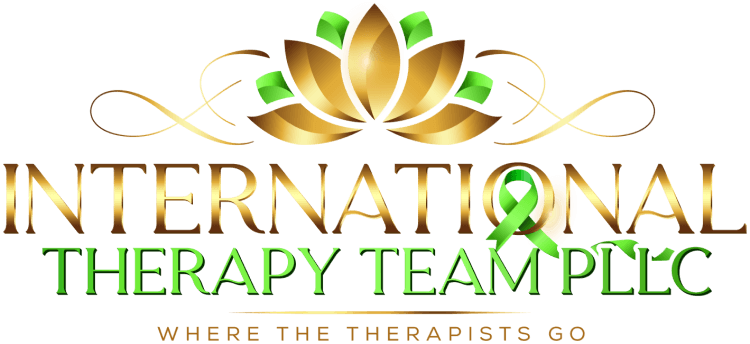In the world of mental health, finding the right type of therapy can feel overwhelming. Dialectical Behavior Therapy (DBT) is one of the many options available, but what makes it unique? How does it stand apart from other therapeutic methods? In this blog, we’ll explore these questions and more.
What is DBT Therapy?
Dialectical Behavior Therapy, or DBT, was originally developed to treat borderline personality disorder. It’s now used for a range of mental health conditions, focusing on skills like emotional regulation and distress tolerance.
One of the core philosophies of DBT is the balance between acceptance and change. While many therapies focus on one approach or the other, DBT advocates for the integration of both, helping patients accept themselves as they work toward significant life changes.
DBT involves a combination of individual psychotherapy and group skills training sessions. This dual approach provides a supportive environment where individuals can learn and practice new skills while addressing personal challenges with their therapist.
Key Components of DBT
DBT is structured around four main components: Mindfulness, Distress Tolerance, Emotion Regulation, and Interpersonal Effectiveness. These skills help individuals manage their emotions and improve their relationships.
Mindfulness is about staying present in the moment and observing our thoughts and feelings without judgment. It serves as a foundation for the other DBT skills, enabling individuals to become more aware of their internal experiences.
Distress Tolerance involves techniques for managing pain and distress in difficult situations without resorting to self-destructive behaviors. It’s about finding healthier ways to cope with immediate emotional crises.
Emotion Regulation skills equip individuals to understand and reduce their vulnerability to intense emotions. By applying these skills, they can maintain more stable mood states and improve their quality of life.
The final component, Interpersonal Effectiveness, covers skills that help individuals communicate more assertively and maintain healthy relationships, ensuring their needs are met while respecting others.
How DBT Compares to Cognitive Behavioral Therapy (CBT)
While both DBT and CBT are talk therapies, DBT incorporates mindfulness and focuses on balancing acceptance and change. This dual focus helps clients handle emotions more adaptively than standard CBT.
CBT mainly aims to identify and change negative thinking patterns, which can be beneficial for many. In contrast, DBT emphasizes not only cognitive change but also the acceptance of one’s current reality, creating a more holistic approach.
Another difference is in the method of skill acquisition. DBT includes specific training in skills through group sessions, which is less common in traditional CBT settings. Group work in DBT provides additional support from peers who are also learning to manage similar challenges.
DBT vs. Psychodynamic Therapy
Unlike psychodynamic therapy, which explores unconscious processes and past experiences, DBT is more structured and skills-based, aiming to directly impact the individual’s current behavior and emotional responses.
In psychodynamic therapy, the therapeutic relationship is pivotal for gaining insights into one’s behaviour and emotions. Conversely, DBT places more weight on skills training and behavior modification, providing clients with practical tools to alter their emotional responses effectively.
DBT sessions often have a clear agenda, focusing on specific skills relevant to the client’s current life challenges. This contrasts with the open-ended nature of psychodynamic therapy, which often delves into past experiences over an extended timeframe.
Who Can Benefit from DBT?
DBT is particularly effective for individuals dealing with intense emotions, self-harm, or interpersonal difficulties. It’s also beneficial for anyone looking to gain better control over their emotional reactions.
Many individuals with mood disorders, eating disorders, and PTSD find DBT’s structured approach particularly helpful. Its focus on learning coping skills provides practical strategies that improve emotional and relational functioning.
Those with tendencies toward black-and-white thinking and impulsivity often thrive in a DBT environment where they learn to embrace more nuanced perspectives and develop patience when facing impulsive urges.
Wrapping Up: Is DBT Right for You?
While DBT shares similarities with other therapies, its unique focus on mindfulness, emotional regulation, and a structured approach makes it stand out. Understanding these differences can help you decide if DBT is the right fit for your or your loved one’s mental health journey. For more support and clinical offerings, visit our homepage.





